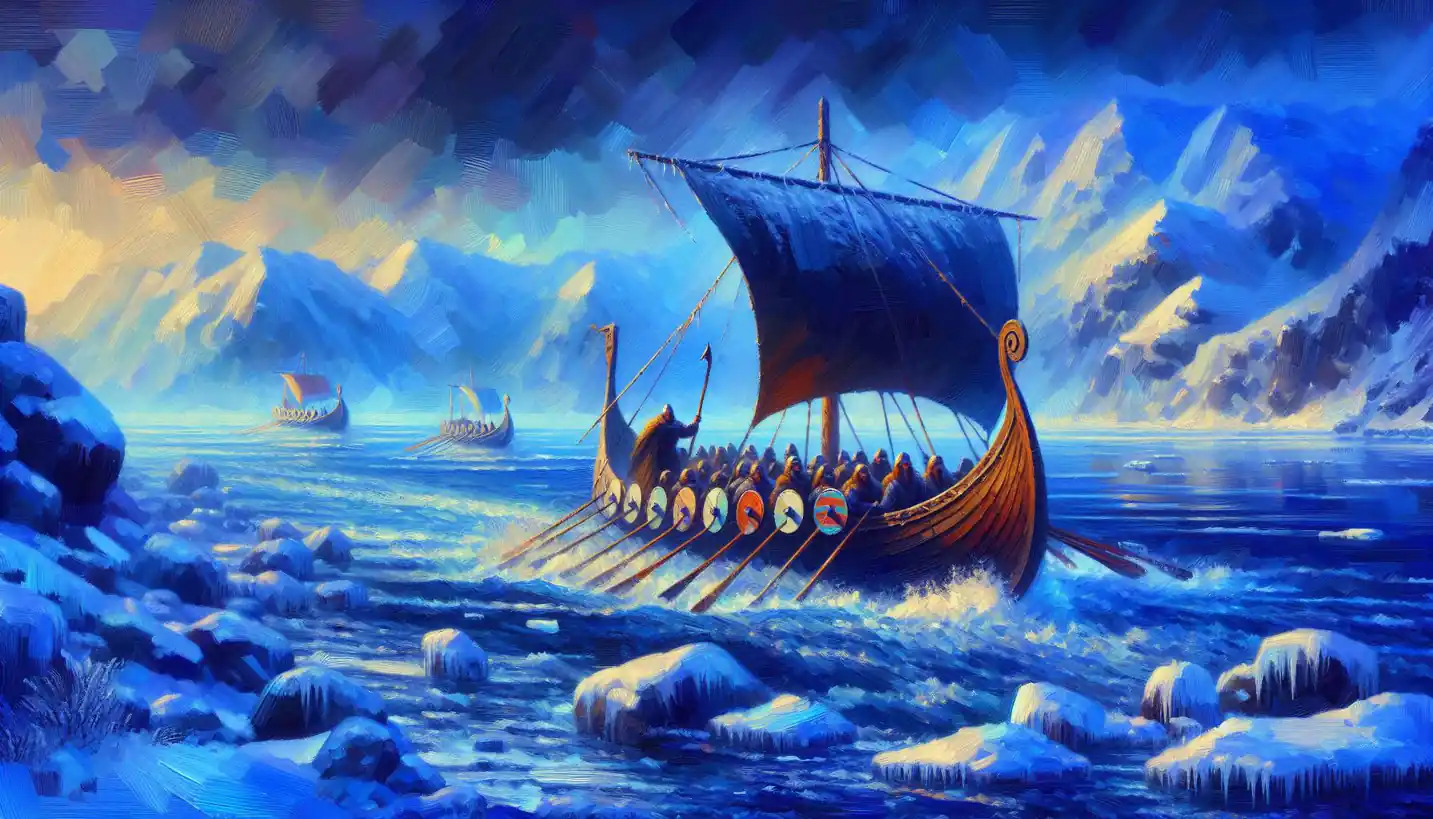· History · 3 min read
Cape Horn: A Legendary Passage in Maritime History
Cape Horn stands as a legendary maritime passage, known for its treacherous weather and rich history. Sail through its captivating stories of exploration.

Cape Horn, often considered one of the most infamous and revered stretches of water in the world, has a captivating tale that runs deep in maritime history. Nestled at the southernmost tip of South America, this remote promontory, part of Chile, acts as a pivotal marker in the navigational world.
Cape Horn wasn’t discovered by accident. In the early 17th century, Dutch explorers Jacob Le Maire and Willem Schouten set sail on a quest to find a new trade route, seeking an alternative to the well-trodden yet heavily controlled paths around the Americas and through the Straits of Magellan. As their expedition navigated the rough and unpredictable waters of the region, they stumbled upon this imposing cape in 1616, marking it with the Dutch town of Hoorn’s name, Schouten’s hometown.
Navigating around Cape Horn was no small feat. The region is notorious for its treacherous weather, with howling winds and towering waves that could easily send ships to their doom. The convergence of the Atlantic and Pacific Oceans creates a tumultuous meeting point where currents collide with ferocity. In maritime folklore, rounding the Horn became a rite of passage, especially for clipper ships braving the journey during the 19th century. These vessels transported goods like wool and grain, often enduring the perilous trip in hopes of lucrative returns.
Sailors who managed to round Cape Horn earned themselves a badge of honor, yet the tales of shipwrecks and tragedies also paint a harrowing picture. The history books are filled with stories of brave men and women who succumbed to the sea’s wrath, giving the region its fearsome reputation. The journey was as much a psychological battle as a physical one, testing the mettle of even the most seasoned mariners.
Today, the allure of Cape Horn remains, though the advent of the Panama Canal in 1914 lessened its role as a necessary navigational route. Ships no longer need to brave the perilous waters, opting instead for the safer, shorter passage through the canal. Yet, for many sailors, the call of Cape Horn is irresistible. Yachts and adventurous cruise lines still venture to its waters, allowing modern-day voyagers to experience a slice of maritime history firsthand.
A monument stands on Cape Horn, symbolizing the spirit and sacrifice of those who journeyed around it. It’s a sculpture of an albatross, known for soaring across the southern seas, embodying the indomitable spirit of those who dared to face the challenges head-on.
In the digital age, the lessons from Cape Horn’s maritime history aren’t forgotten. Its story is a testament to human determination and the relentless quest for discovery, reminding us of an era when the world’s oceans were both a barrier and a gateway to adventure. The legacy of Cape Horn continues to inspire, drawing curious minds to explore the rich tapestry of maritime history and the adventurous souls who tamed the untameable seas.



